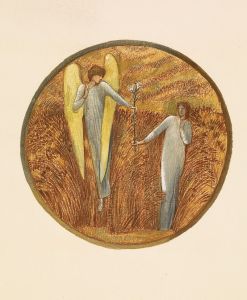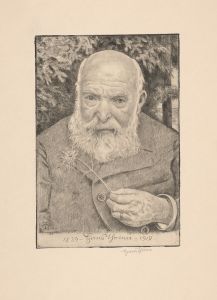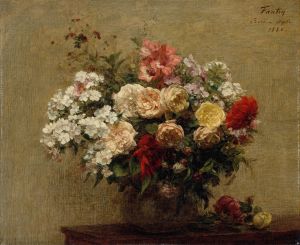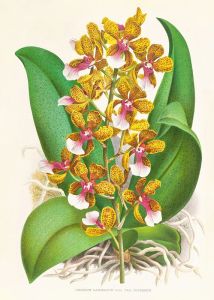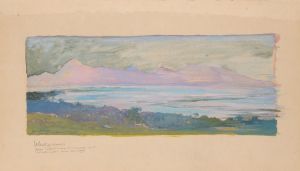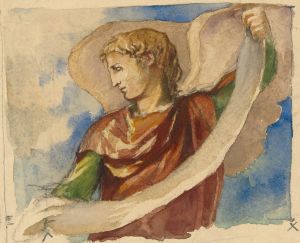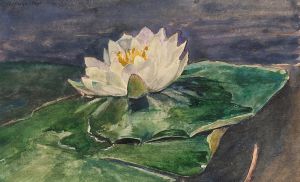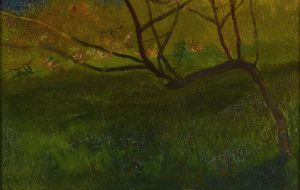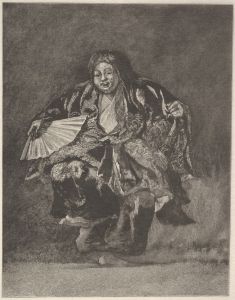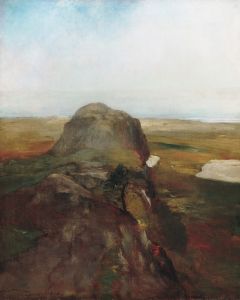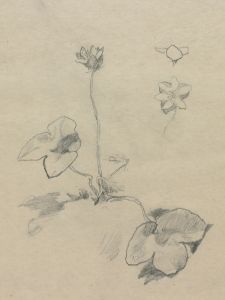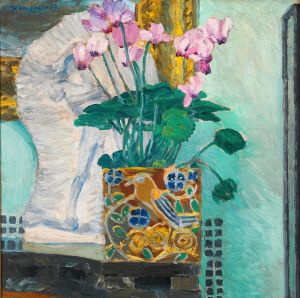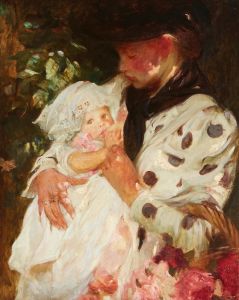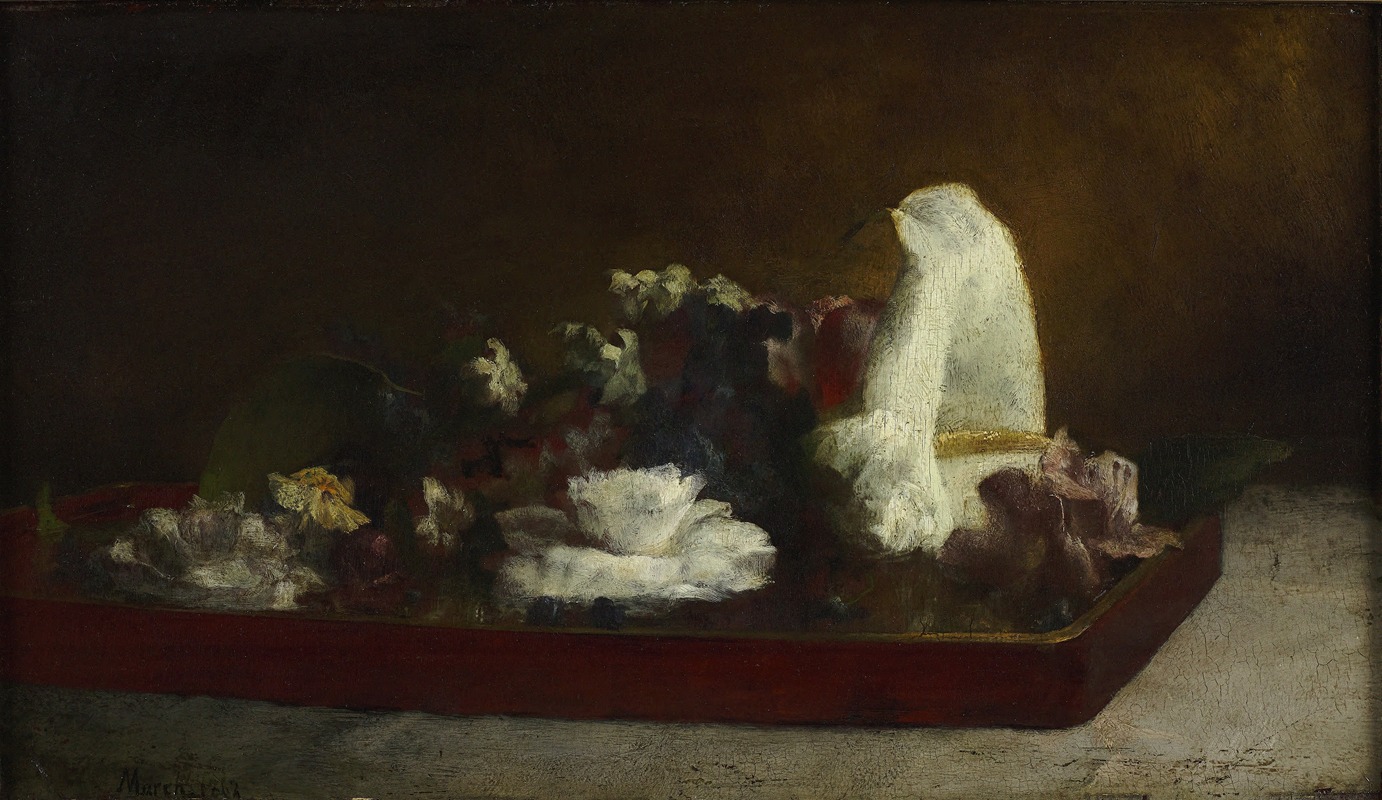
Calla Lily
A hand-painted replica of John La Farge’s masterpiece Calla Lily, meticulously crafted by professional artists to capture the true essence of the original. Each piece is created with museum-quality canvas and rare mineral pigments, carefully painted by experienced artists with delicate brushstrokes and rich, layered colors to perfectly recreate the texture of the original artwork. Unlike machine-printed reproductions, this hand-painted version brings the painting to life, infused with the artist’s emotions and skill in every stroke. Whether for personal collection or home decoration, it instantly elevates the artistic atmosphere of any space.
John La Farge's Calla Lily is a notable work by the American artist and decorative designer, who was active during the late 19th and early 20th centuries. La Farge is best known for his innovations in stained glass and his contributions to the American Aesthetic Movement, but he also created a number of paintings and works on paper that reflect his interest in nature, light, and color. Calla Lily is one such example, showcasing his skill in botanical representation and his sensitivity to the interplay of light and shadow.
The painting depicts a calla lily, a flower often associated with purity and elegance. La Farge's rendering of the subject demonstrates his meticulous attention to detail and his ability to capture the delicate textures of the flower's petals and leaves. The composition is marked by a harmonious balance of form and color, with the white of the lily standing out against a more subdued background. This focus on a single floral subject reflects the influence of both European still-life traditions and Japanese art, which La Farge admired and incorporated into his work.
La Farge's interest in Japanese aesthetics, particularly the use of asymmetry and negative space, is evident in Calla Lily. During the 1870s, he became one of the first American artists to study and collect Japanese prints and objects, and this exposure had a lasting impact on his artistic style. His floral studies, including Calla Lily, often exhibit a simplicity and elegance that align with Japanese design principles.
While the exact date of Calla Lily's creation is not definitively documented, it is consistent with La Farge's broader body of work from the 1870s and 1880s, a period when he was deeply engaged in exploring natural subjects and experimenting with new techniques in both painting and glasswork. The medium of the piece is also not universally agreed upon, though many of La Farge's floral studies were executed in watercolor, a medium that allowed him to achieve the luminous quality seen in his depictions of flowers.
Calla Lily is representative of La Farge's ability to merge artistic influences from different cultures and traditions while maintaining a distinctly personal style. Today, his works, including his floral studies, are appreciated for their technical mastery and their role in the development of American art during the Gilded Age. Specific details about the current location or ownership of Calla Lily are not readily available, as many of La Farge's works are held in private collections or museums without comprehensive public documentation.





